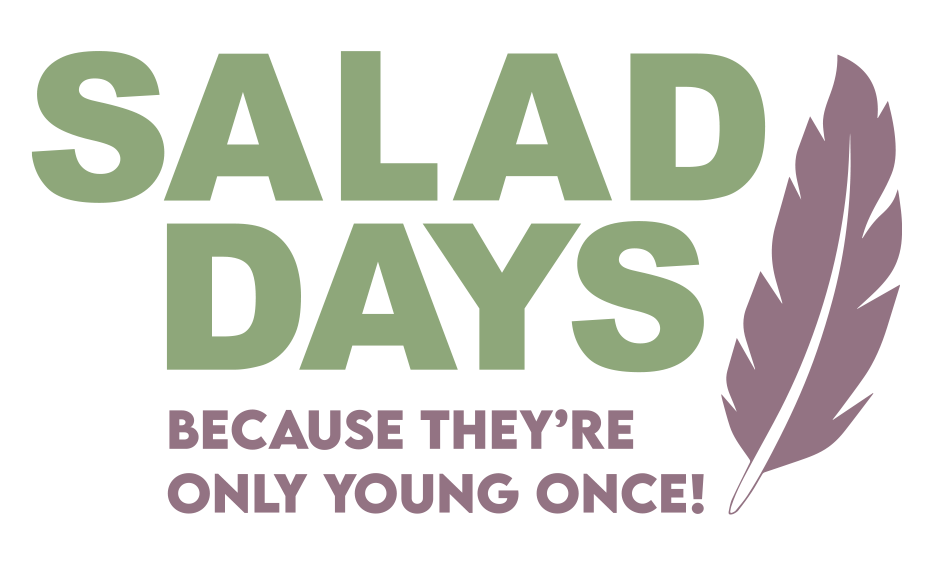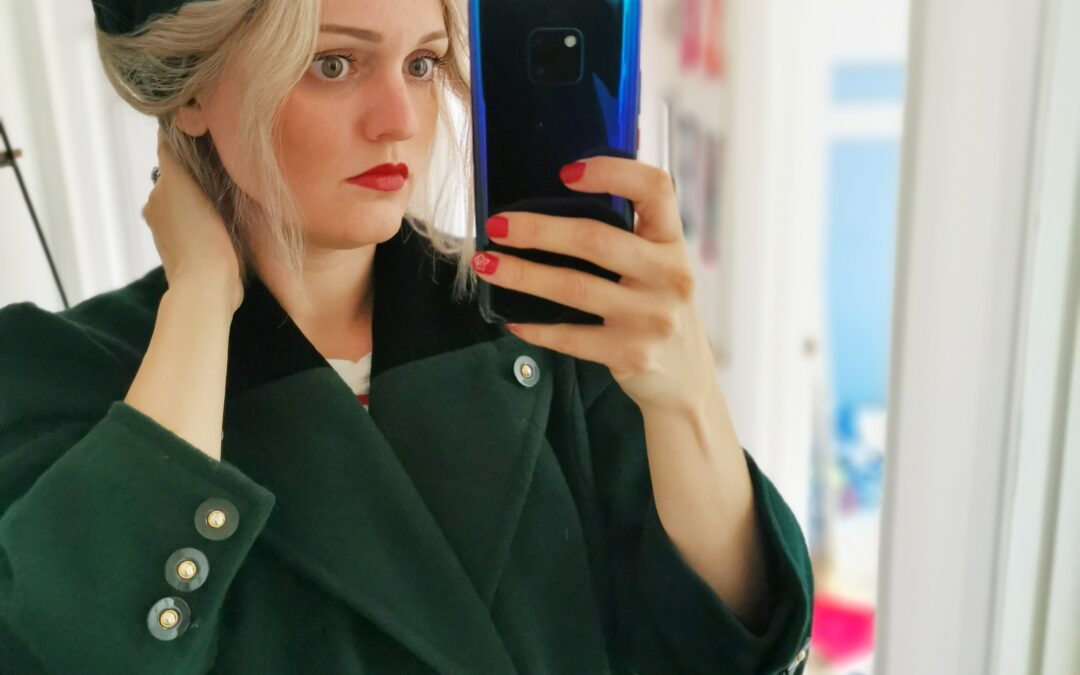Out with the new and in with the old.
A couple of years ago, I saw an advertisement for an app called GoodOnYou and decided on a whim to download it. It was formed by a group of campaigners, fashion professionals, scientists, writers and developers, who had come together to expose the issues prevalent in the fashion industry and had created GoodOnYou to rate retailers based on their policies of labour rights, animal rights, and impact on the environment. I remember sitting there that first night and searching for all my favourite brands. One by one, over and over, their ratings kept coming back as “we avoid” or “not good enough” and the more I fell down the rabbit hole of research, the more horrified I became. Soon after, I began reading a book called ‘Fashionopolis’ by journalist Dana Thomas. If I could insert that emoji with its mind blown, somewhere here, then trust me I would; the figures she presented were unbelievable, and not in any good way. They included facts such as:
• The fashion industry employs 1/6th of all people on the planet, many of them women, and
most employed in the world’s developing countries where labour is cheapest for
manufacturers. It is the most labour-intensive industry in the world, and less than 2% of
employees earn a living wage.
• Keeping up with current trends has meant an exponential rise in the rate of clothes
production. New designs are copied, manufactured and shipped globally at incredible speed,
ready for mass consumption. Fast Fashion has become standard, and with it we have
created a sustainability nightmare.
• In the UK alone, 9,513 garments are dumped every 5 MINUTES, with further research
estimating that £140 million of clothes end up in landfill every single year. Worse still, the
high synthetic content of many fast fashion items means they are not biodegradable,
leaching chemicals into the surrounding environment.
I found the stats pretty sobering, and although there are many amazing sustainable brands (you’ll
prise my Vejas from my cold dead hands), I was conscious that buying these to excess would still be adding to the vast amount of clothing already in circulation. And so began my little love affair with pre-loved. I figured if I was making an effort to re-wear clothes that were already out there, I’d be doing my bit to lower demand and use up the excess.
It’s really interesting how the younger generations seem to have embraced buying second hand. I think 10/20 years ago there was more of a stigma attached to it, but the environmental crisis and the rise of apps like Depop and Vinted seem to have spear-headed a real cultural shift. Social media, too, has thriving sub-cultures focused on pre-loved shopping and consequently I’ve found myself included in some amazing communities focused on change.
I think when it comes to this journey, everyone is on a different path. For me, I shop partly on the
apps I’ve listed, partly on Instagram (yep, check it out-there are some amazing selling pages) and partly in local charity shops. We are so lucky with the quality of stores in this area, it’s very rare I come out of a charity shop in Thaxted or Saffron Walden without something amazing at a bargain price. I would say that 85% of my wardrobe is now pre-loved and where it isn’t or I have to buy new, I focus on investing in better, classic pieces, which I know will last me for years.
The issues in the fashion industry are complex and far reaching, and I’m aware that they aren’t going to be solved overnight, but shopping second hand is one way I feel I can make a personal difference to the current crisis. Plus, I’m saving a small fortune… and with three young children growing at an implausible rate, that’s always a bonus!

